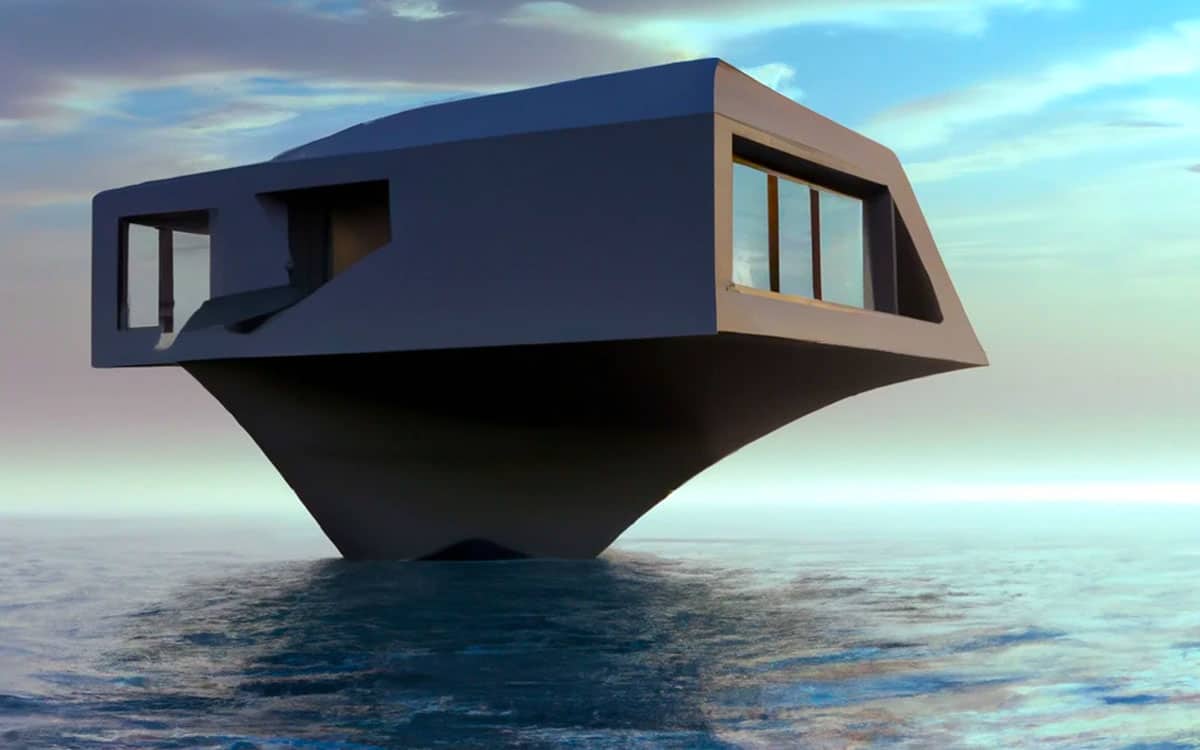Seasteading and the world’s first floating nation

Seasteading is the concept of creating permanent dwellings at sea, called seasteads, outside the territory claimed by any government. Proposed structures include modified cruise ships, refitted oil platforms, a decommissioned anti-aircraft platform, and custom-built floating islands.
The historical inspirations for seasteading include:
- Ocean-going cruise ships such as ‘The World’.
- Oil rigs.
- The Principality of Sealand (a micronation formed on a decommissioned sea fort near Suffolk, England).
- Floating islands in protected waters like Richart Sowa’s ‘Spiral Island’.
- Floating communities such as the Uru people on Lake Titicaca.
- Pirate radio stations anchored in international waters (but broadcasting to listeners onshore).
According to the United Nations Convention on the Law of the Sea, a country’s Exclusive Economic Zone extends 200 nautical miles (370 km) from shore. Beyond that boundary lie the high seas, which are not subject to the laws of any sovereign state. The attraction of seasteading is the absence of sovereign state laws and regulations and the ability to experiment with new government/community models.
No one has yet created a state recognized as a sovereign country on the high seas. But progress has been made as on January 13, 2017, the Seasteading Institute signed a memorandum of understanding (MOU) with French Polynesia to create the first semi-autonomous “seazone”. The French Polynesian government is legislating to give the ‘Floating Island Project’ its unique governing framework creating an “innovative special economic zone.”
Bankrolled by PayPal founder Peter Thiel, the world’s first floating nation will appear in the Pacific Ocean off the island of Tahiti in 2024. The first city will be a network of 11 rectangular and five-sided platforms made from reinforced concrete and support three-storey buildings such as apartments, terraces, offices, and hotels. The floating island will initially house 300 residents and feature aquaculture farms, healthcare, and sustainable energy powerhouses. The first floating city is budgeted to cost $180 million.
Opponents & critics of seasteading believe they would exist primarily to allow wealthy individuals to avoid paying taxes, i.e. be a floating tax haven.
